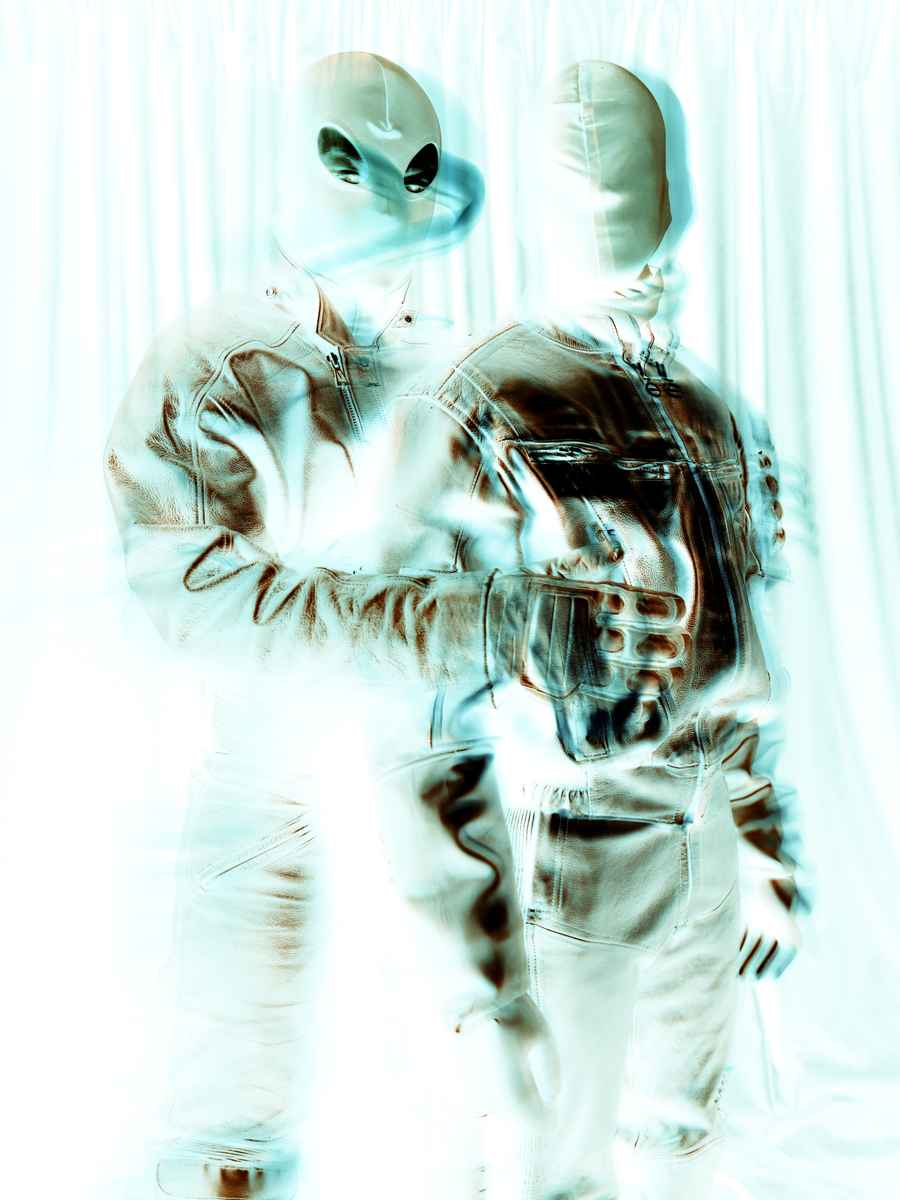



since 2017
European
photography
platform




Welcome to the European photography platform here you can explore a network of photographers, members of the platform and read more about us.








Artist Projects





recent stories
Events
futures activities

FUTURES is a European Photography Platform that brings together the global photography community to support and nurture the professional development of emerging artists worldwide.

FUTURES curates exhibitions and programs, including talks, through our extensive network of top European curators and artists.

The FUTURES Residency Program provides selected emerging photographers with the time, space, and resources to develop new work, with a strong focus on the artistic process and research.

FUTURES annual publications feature in-depth articles, interviews and conversations with key players from the global community. Released alongside the annual exhibition, the publication showcases work by FUTURES artists alongside commissioned essays on some of the most compelling issues in contemporary photography.



















